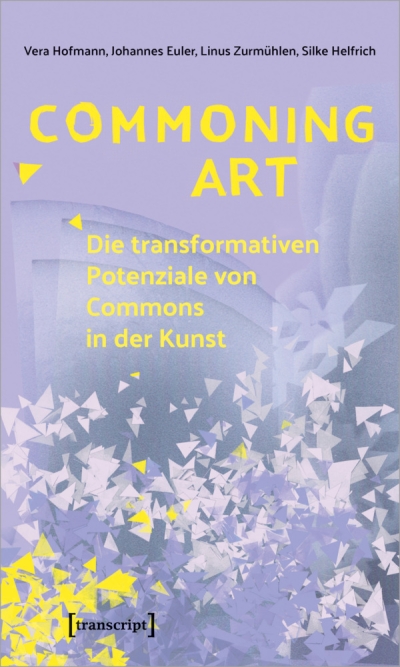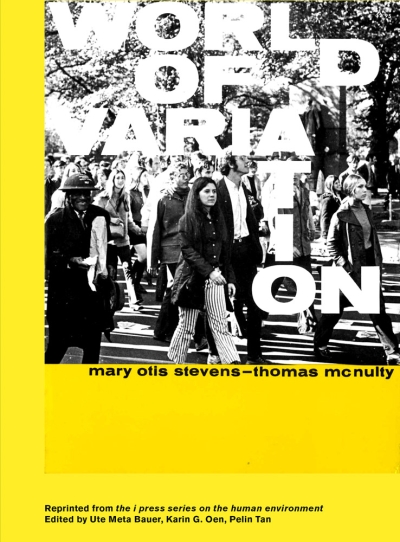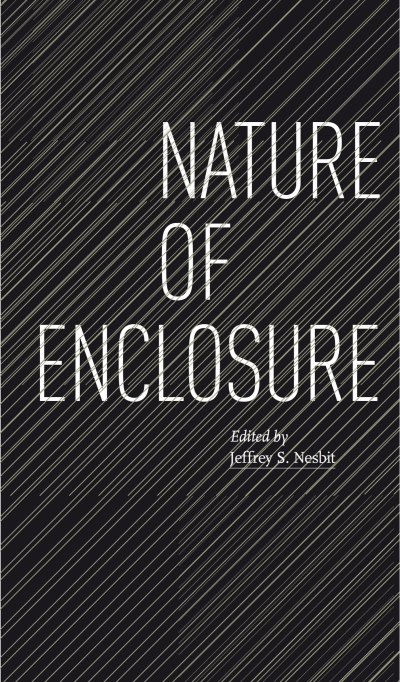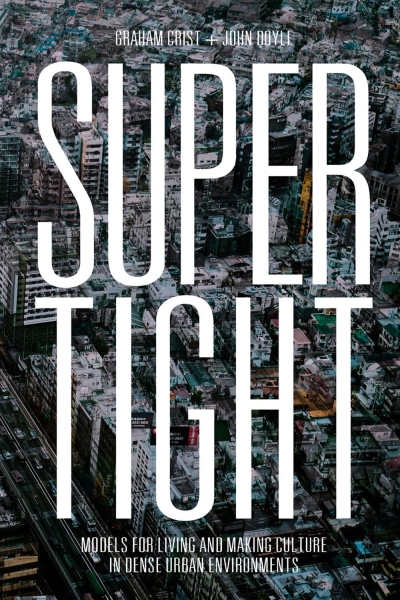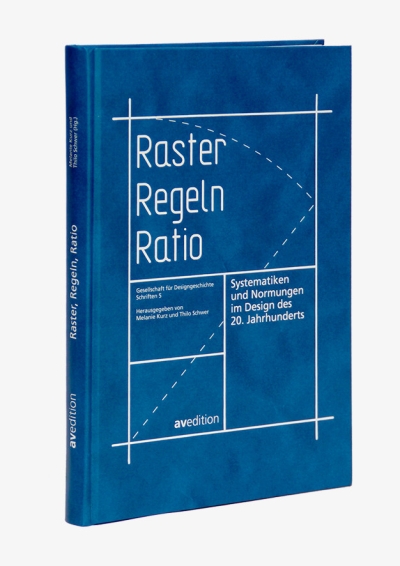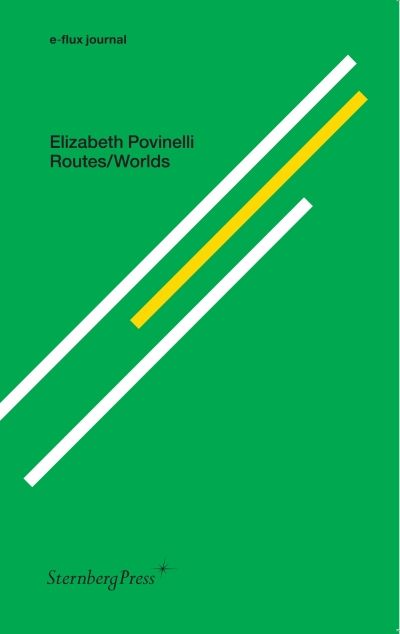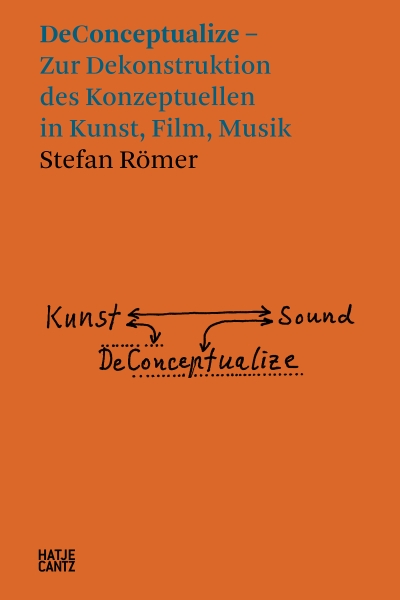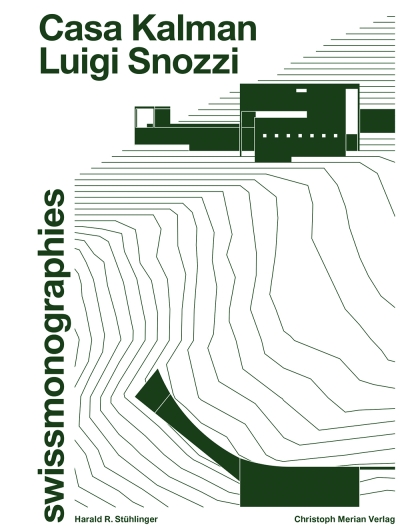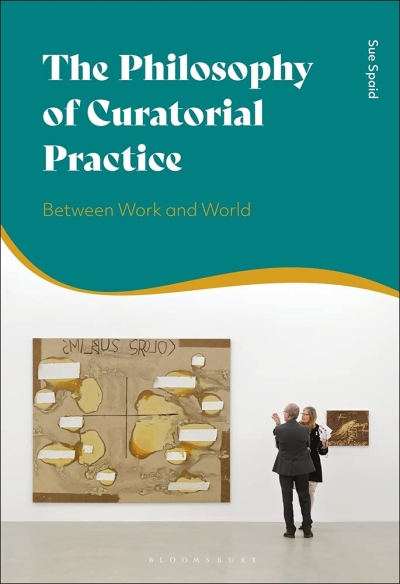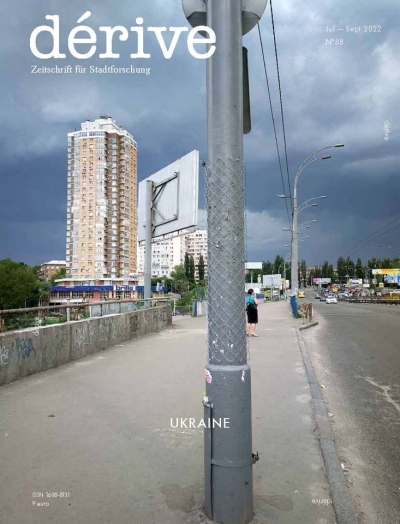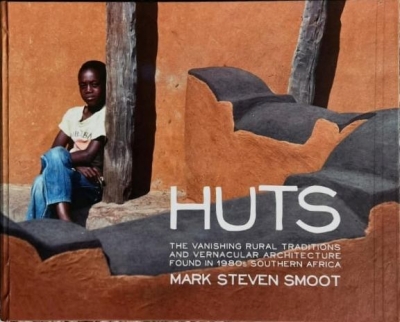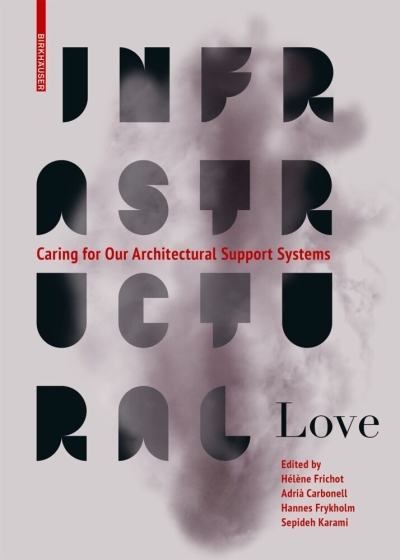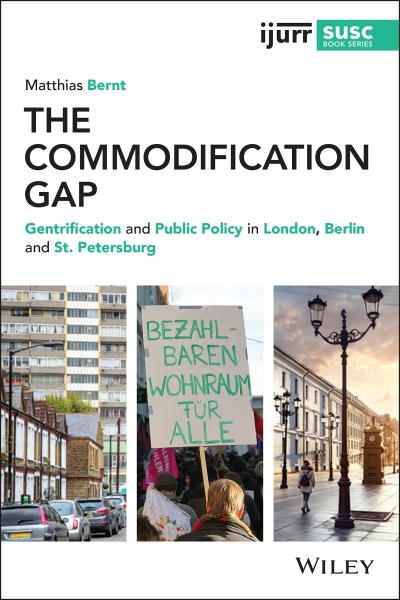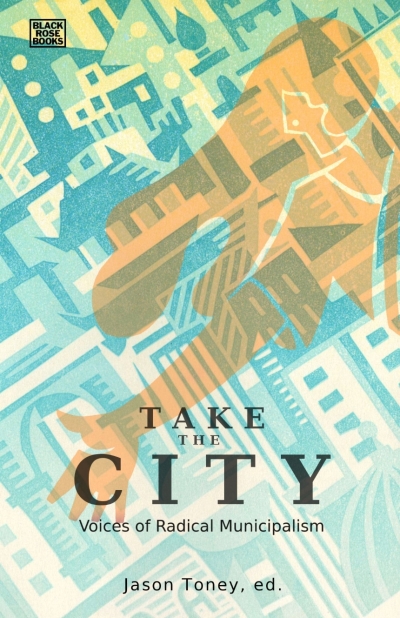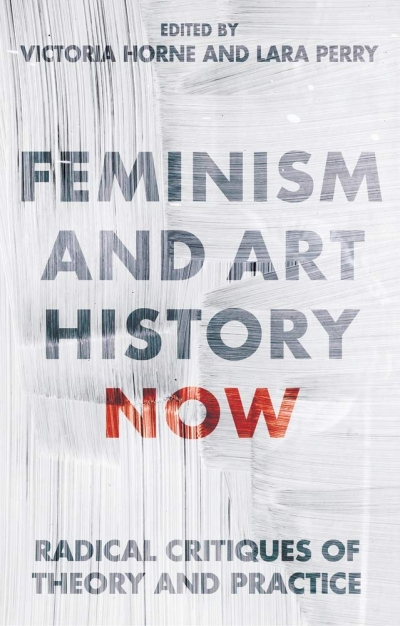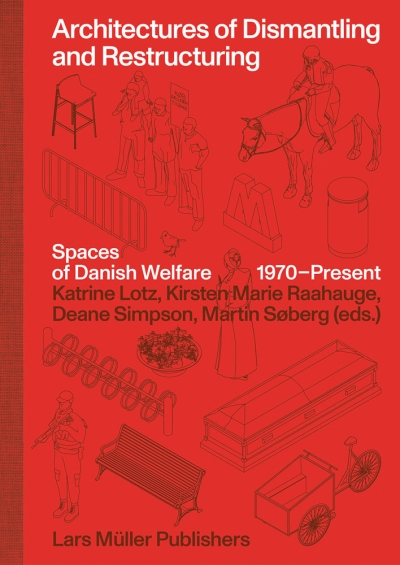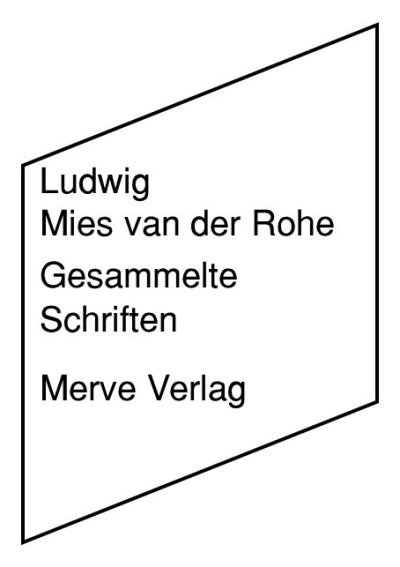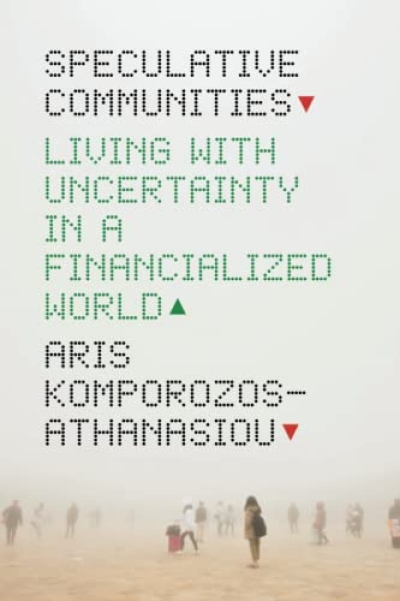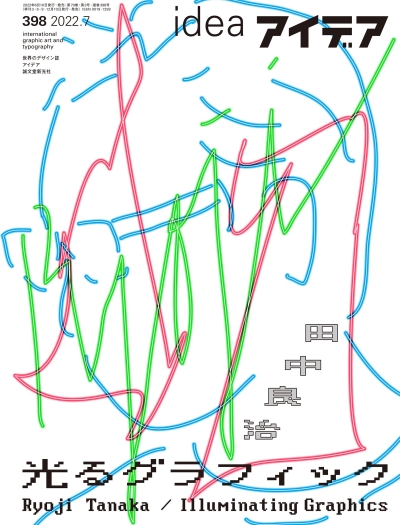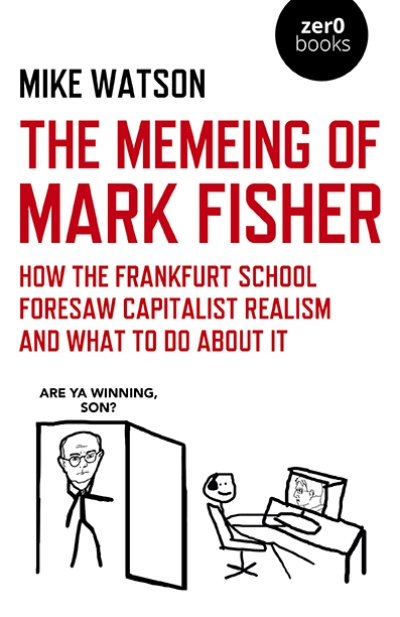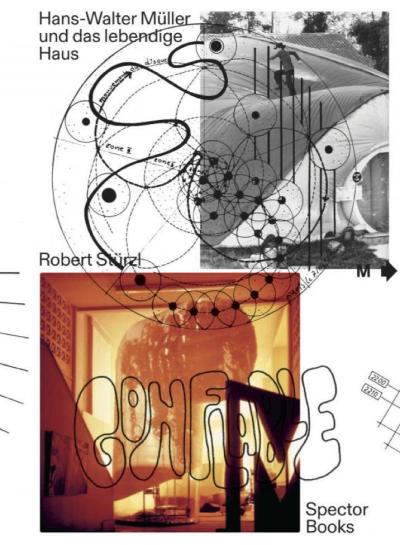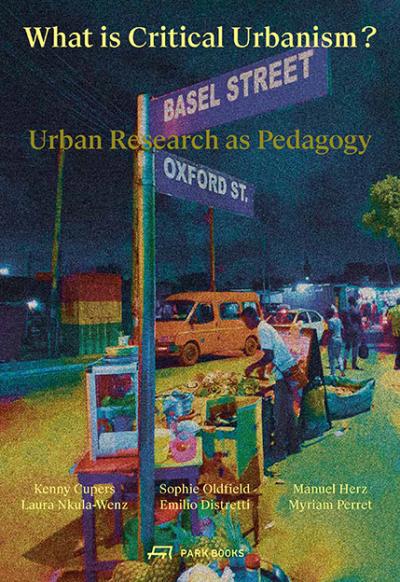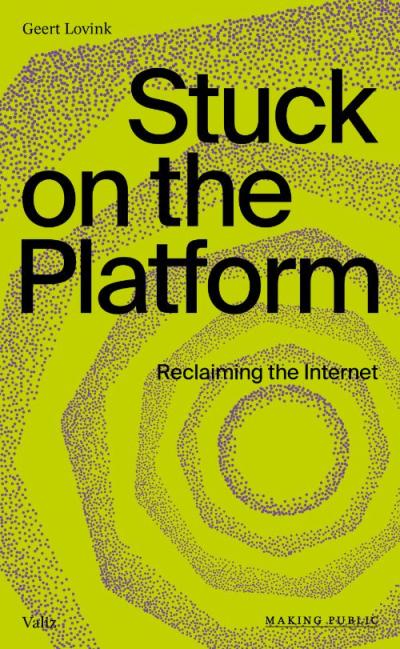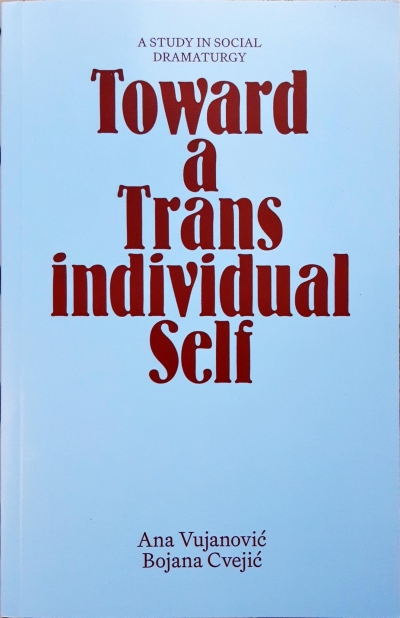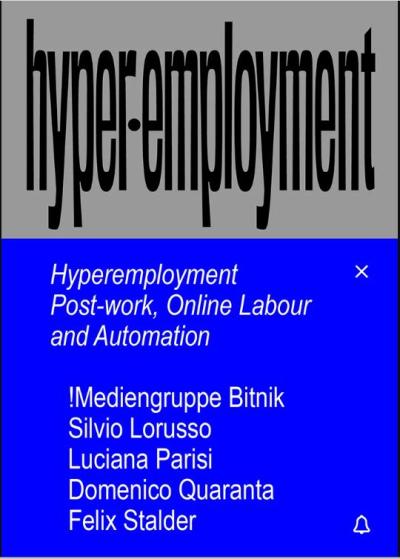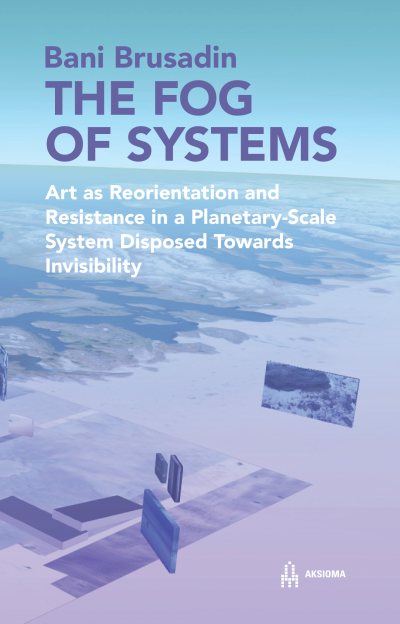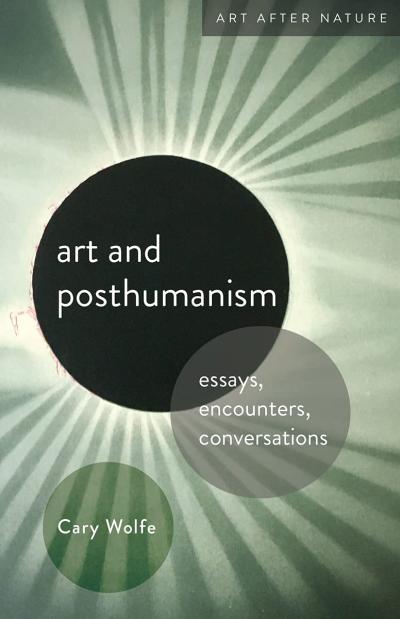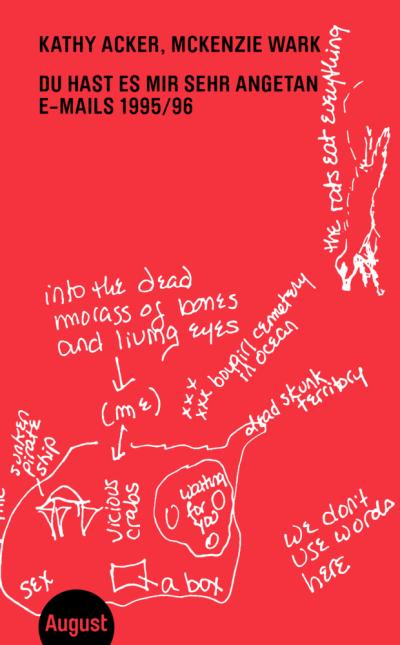
Wer sagt denn, dass Beton nicht brennt, hast Du’s probiert?
Wer sagt denn, dass Beton nicht brennt, hast Du’s probiert? führt die Auseinandersetzung mit dem West-Berlin der 1980er Jahre im Blick auf das filmische Medium und die Institution Kino. Im Jahrzehnt vor dem Mauerfall verschrieb man sich nicht länger der Weltrevolution, sondern drang auf die Verwirklichung alternativer Lebensformen zwischen atomarer Endzeit und Häuserkampf, Schwul-/Lesbischsein und Feminismus, Punk, New Wave und Drogen. Die Abkehr von dem, was normal ist, äußerte sich in ästhetischen Experimenten, kostümhaften Inszenierungen oder in der Verweigerung vieler Filme und Videos, einer geschlossenen Narration zu folgen.
Der Ort des Kinos, an dem man ganze Nächte verbrachte, spielte im damaligen West-Berlin eine wichtige Rolle. Während eine Vielzahl von Spielstätten in besetzten Häusern entstand, die zusammen mit dem 1970 gegründeten Arsenal einen Gegenpol zur kommerziellen Kinolandschaft bildeten, wurden städtische Räume zu temporären Projektionsorten umfunktioniert, an denen sich Film, Super-8-Installationen, Musik und Performance gegenseitig hervorbrachten.
Das Buch setzt die gleichnamige Filmreihe, die im Oktober 2006 im Kino Arsenal stattfand, mit anderen Mitteln fort. Rainer Bellenbaum, Justin Hoffmann, Mathias Heyden & Ines Schaber, Dirk Schaefer, Stefanie Schulte Strathaus, Marc Siegel, Nicole Wolf und Florian Wüst nähern sich der besonderen gesellschaftlichen wie kulturellen Verfasstheit der eingeschlossenen Stadt auf unterschiedliche Weise aus der Gegenwart heraus, die Künstlerin Krimo entwarf für das Buch eine Karte der Erinnerung.
Who says concrete doesn’t burn, have you tried? deals with 1980s West Berlin in regard to the medium of film and the institution of cinema.
In the decade before the fall of the Berlin Wall, one was no longer committed to the World Revolution but intent on realizing alternative ways of life, between the nuclear apocalypse and the squatter’s movement, between being gay/lesbian and feminist, between punk, new wave and drugs. The renouncement of normality was expressed in aesthetic experiments, costumed mises-en-scène, or the refusal of many films to adhere to a self-contained narration.
The cinema as a space where one spent entire nights played an important role in West Berlin in those days. While a large number of venues opened in squatted houses, which together with the Kino Arsenal, founded in 1970, formed a counter-pole to the commercial cinema landscape, urban spaces were converted to temporary projection locations in which film, super-8 installations, music, and performance bred each other.
The book expands on the film series of the same name screened at Kino Arsenal in October 2006. Rainer Bellenbaum, Justin Hoffmann, Matthias Heyden & Ines Schaber, Dirk Schaefer, Stefanie Schulte Strathaus, Marc Siegel, Nicole Wolf, and Florian Wüst address the specific social and cultural conditions of the enclosed city in a variety of ways seen from the present, while the artist Krimo contributed a map of memory to the book.

